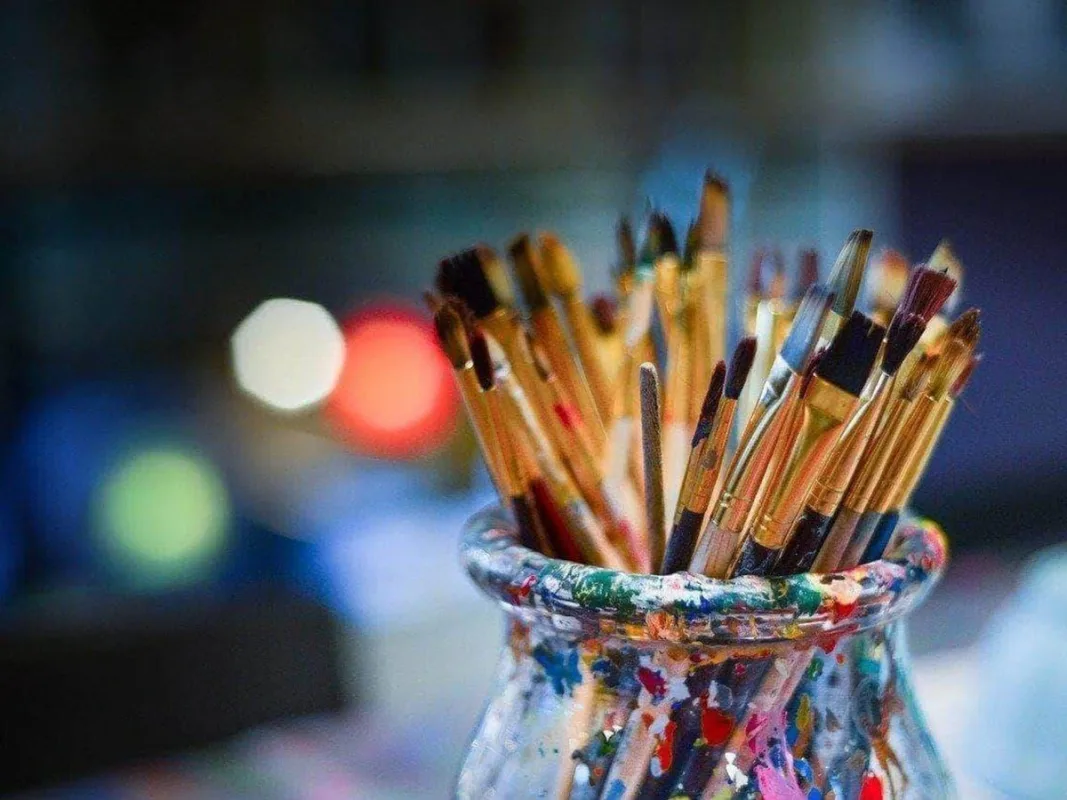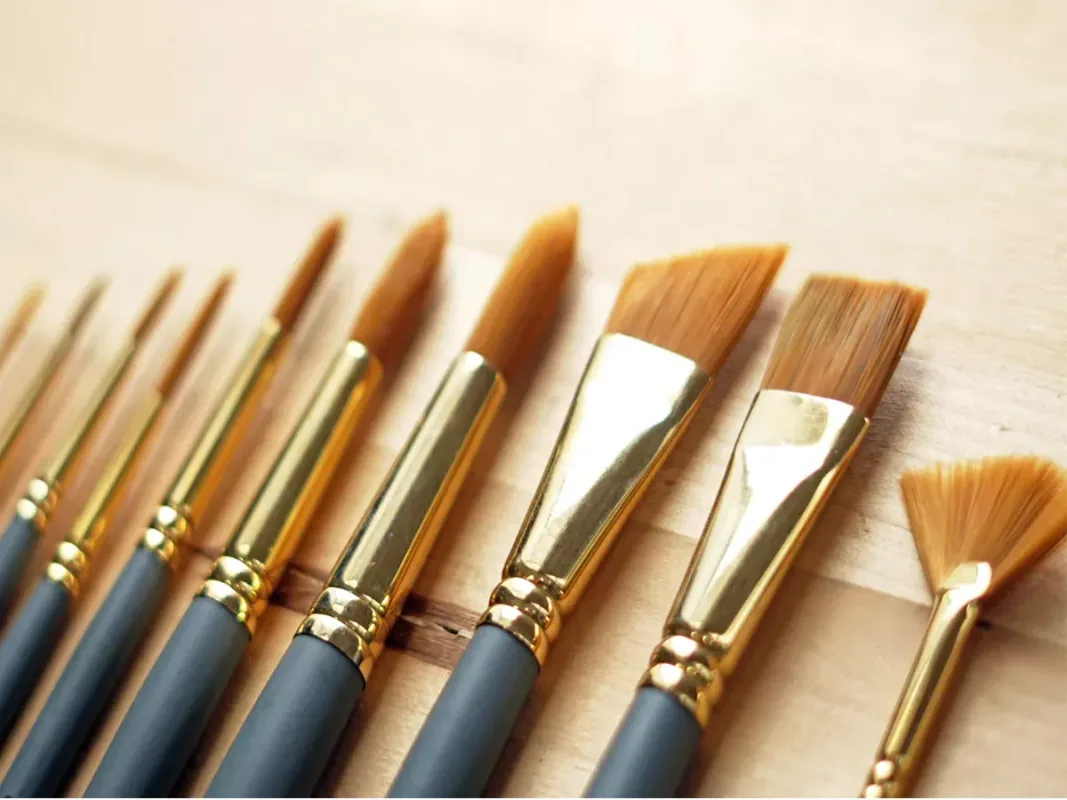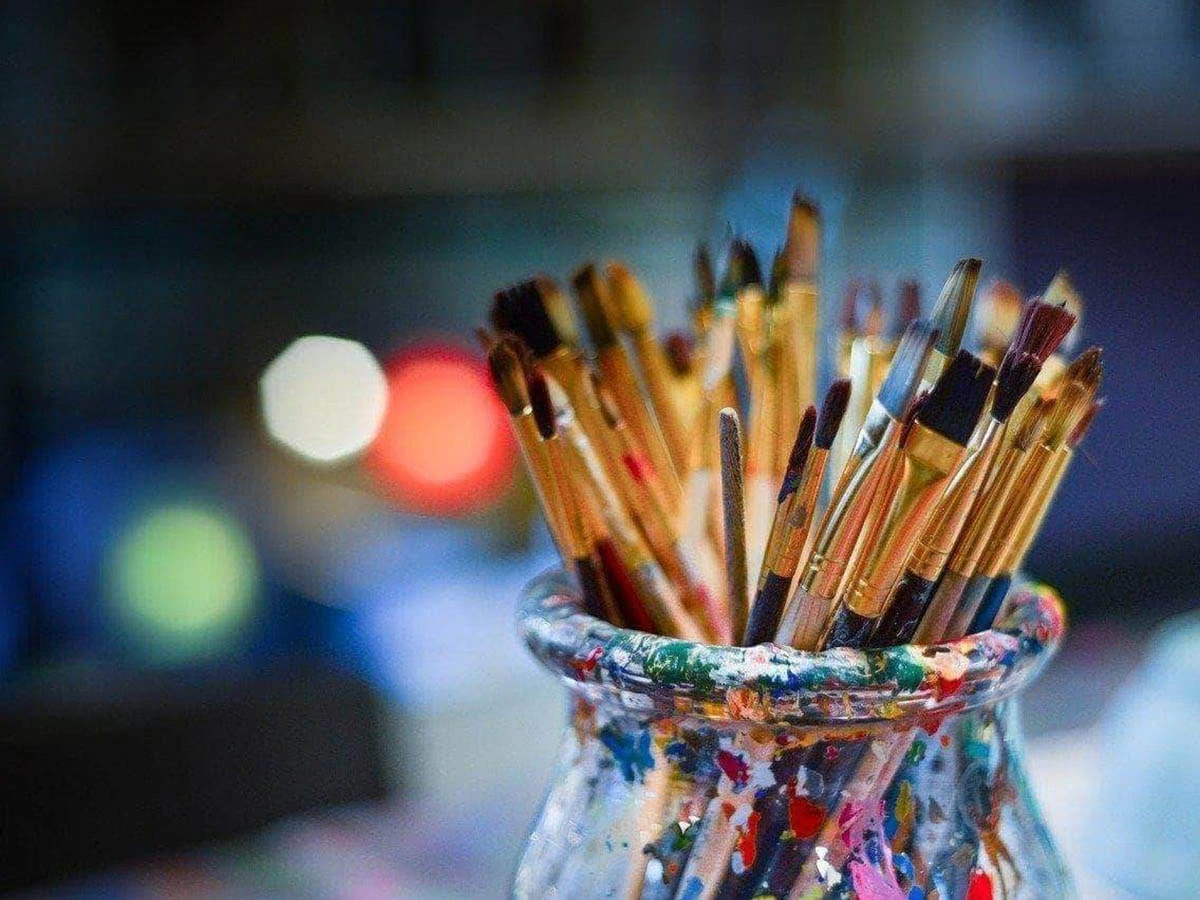Why Brush Strokes Matter
In the event that you have ever participated in paint by numbers, you are aware of how thrilling it is to witness an image come to life. Nevertheless, there are times when the brush strokes appear uneven and harsh. The use of smooth strokes not only improves the overall appearance of the painting, but they also make the process more enjoyable. What is the good news? With only a few simple adjustments, you can feel like a painting pro in no time.

The Right Brushes Make All the Difference
The brushes you use are frequently the key to a seamless painting experience. Stiff or inexpensive bristles might cause clumps or streaks, or they can make it difficult to follow the lines. Purchasing brushes in a variety of sizes and shapes allows you greater control over every aspect. Wider brushes enable filling vast areas quicker and simpler, while fine tipped brushes are ideal for little numbered places. Taking care of them is also crucial, rinse frequently, realign the bristles after cleaning, and store them appropriately. From beginning to end, painting becomes more pleasurable, accurate, and fulfilling when the proper brushes are used.

Preparing your paint and brushes
Proper preparation is the first step towards smooth brushstrokes. One of the primary causes of uneven strokes is thick or clumpy paint. To maintain consistency, carefully swirl your paints before beginning. Add just a drop of water to a color that seems overly heavy, this improves paint glide without making the tone less vibrant. To keep your paints fresh during the job, keep the pot lids tight when not in use. Clean brushes are just as crucial. Before diving into the following section, rinse them frequently, particularly when changing colors, and pat them dry. After cleaning, reshaping the bristles keeps the tips sharp and facilitates detail work.
Perfecting Your Strokes
When the paint is ready, concentrate on applying it to the canvas. Although thick blobs may cover quickly, they can leave surface imperfections and dry unevenly. Rather, use even, thin layers that you can add to over time. This method produces richer, more uniform colors in addition to a smoother appearance. Short, delicate strokes are ideal for smaller areas because they give you more control and help you maintain clean edges. It also helps to paint along the outlines of each numbered area, which naturally produces cleaner edges and a more polished appearance.
Adding The Finishing Touches
Once you have completed all the pieces, pause and see your canvas from a distance. Touch-ups are ideal at this point if you notice any thin areas or uneven borders. To achieve a polished look, apply a bit more paint where necessary with a delicate brush. After you’re satisfied with the coverage, apply a clear varnish to finish your work. This protects the painting from dust and scratches and softens the finish while enhancing the colors.
Final Thoughts
Good habits and persistence lead to smooth brushstrokes. Every step counts, from carefully prepping your paints and brushes to carefully adding tiny layers. Your paint by numbers projects will appear more polished and feel more satisfying if you take your time, clean as you go, and finish with little touch-ups. Ultimately, the answer lies not only in skill but also in relishing the moment when a blank canvas gradually becomes a work of art worthy of being framed.






